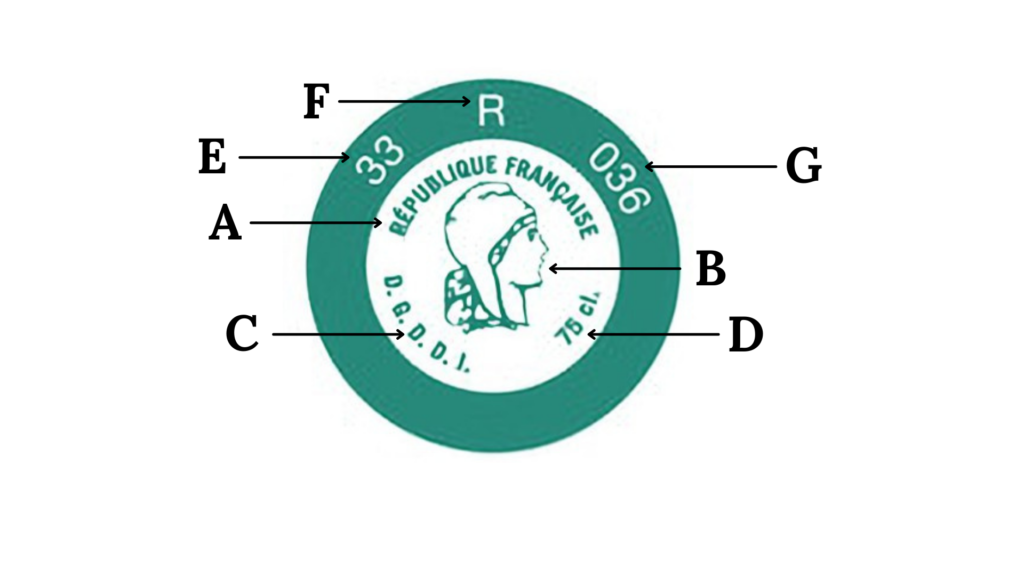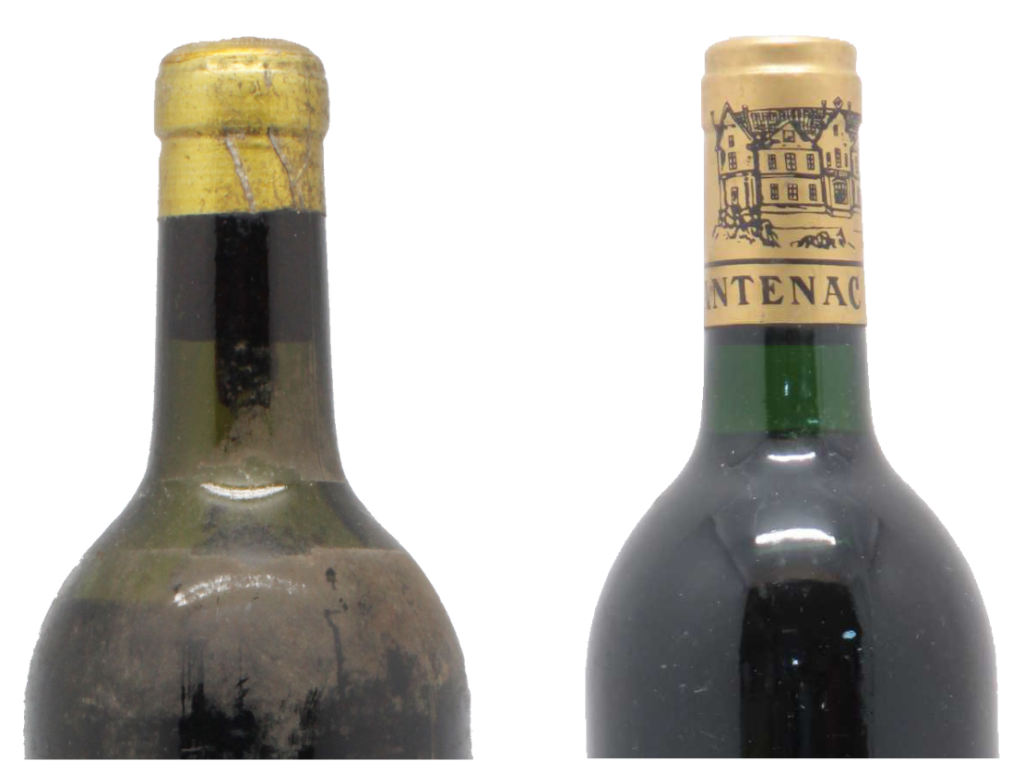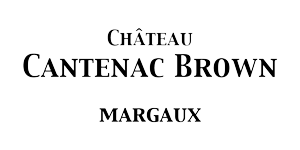What’s the “CRD” capsule ?
The CRD capsule, also known as the “capsule représentative de droit” (in french), is a label covering the cork of a bottle of french wine. These capsules are the proof that a producer has paid his taxes to the DGCIT (Directorate-General of Customs and Indirect Taxes), know as DGDDI in french, and that he can legally market his wine.
More simply, the CRD capsule is a document that accompanies the circulation of bottles. Nevertheless, this last one is not obligatory any more on the bottles since 2019.
The elements that make up a wine capsule
The capsule is consists of two elements, each with specific indications. On the one hand, there is the fiscal counter, which is the clear part in the center of the capsule. Its diameter is regulated at 15 millimeters. On the other hand, there is the crown, which is the part that surrounds the tax chip. With a minimum diameter of 23 millimeters, it is used to determine the nature of the product in the bottle (Cf. Different capsules colors).

The following items are listed on the tax form:
- A: The term “French Republic”
- B: The effigy of Marianne
- C: The DGCIT mentions
- D: The centilisation (volume indication) of the bottle.
On the crown are the following textual indications:
- E: A first number on the left. It designates the department of the bottler’s headquarters. In the majority of the cases this department is the same one as that of the producer but there are some exceptions.
- F: A letter located between the numbers 1 and 2. It corresponds to the status of the bottler.
- “R” or “Récoltant”: This means that the bottler has carried out the entire production chain: harvesting, vinification and bottling.
- “N” (for Non-Récoltant) or “Negociant”: The bottler has bought the wine in bulk before bottling it.
- “E” (for Entreposaire agréé): Designates the trading houses or big brands that buy a wine to market it under their name.
- G: A second number located on the right. It designates the administrative approval number of the bottler or the distributor of collective bottles.
Different capsule colors

- Red lie-de-vin: It is used since 2011 to replace the green and blue capsules, so it can be an PDO that a local wine or table wine. However, the red capsule can not be used for PDO Champagne, PDO Vin Doux Naturels and drinks fiscally associated with wines.
- Green: Corresponds to still and sparkling wines with a Protected Designation of Origin
- Blue: Designates table wines and local wines
- Orange: It is used for liqueur wines and intermediate alcohols with PDO
- Yellow: Specific capsule for Cognacs and Armagnacs
- Red: This color designates the traditional rum of DOM origin
- Grey: Intermediate products (example : ratafia)
- White: Other alcohols
Short skirt and long skirt

Until the 1930s, bottles were packaged with “short skirt” capsules. Today, these have been replaced with “long skirt” capsules.
The capsule is therefore an indicator of the age of a vintage.


